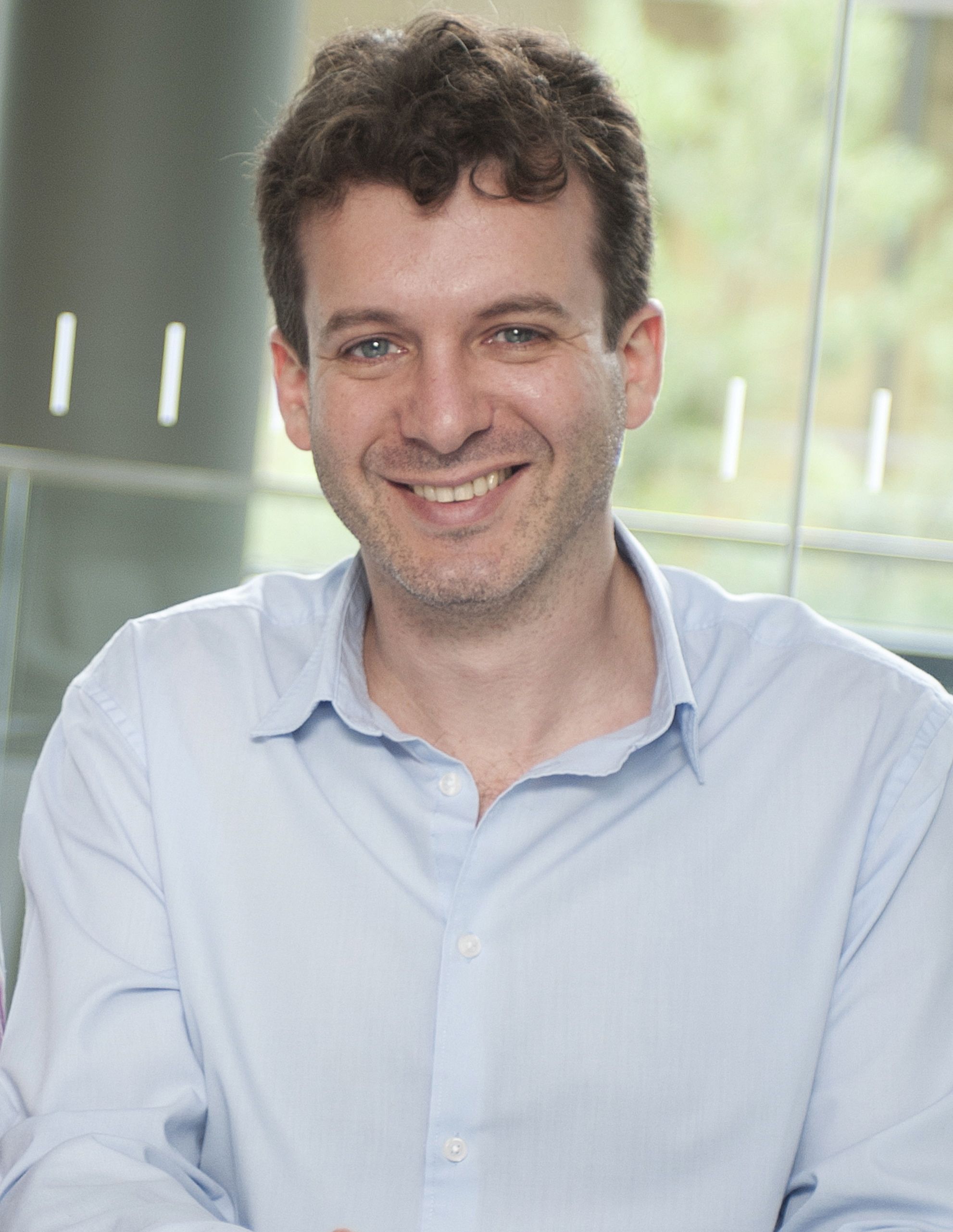Prof. Alex Retzker: "Erasure detection with superconducting qubits"

The amplitude damping time, T1, has long stood as the major factor limiting quantum fidelity in superconducting circuits, prompting concerted efforts in the material science and design of qubits aimed at increasing T1. In contrast, the dephasing time, Tφ, can usually be extended above T1 (via, e.g., dynamical decoupling), to the point where it does not limit fidelity. In this talk I will describe a proposal[1] and its implementation[2] of a scheme for overcoming the conventional T1 limit on fidelity by designing qubits in a way that amplitude damping errors can be detected and converted into erasure errors via a dual rail construction.
We experimentally demonstrated that a "dual-rail qubit" consisting of a pair of resonantly-coupled transmons can form a highly coherent erasure qubit, where the erasure error rate is given by the transmon T1 but for which residual dephasing is strongly suppressed, leading to millisecond-scale coherence within the qubit subspace. We showed that single-qubit gates are limited primarily by erasure errors, with erasure probability perasure=2.19(2)×10−3 per gate while the residual errors are ∼40 times lower. We further demonstrated mid-circuit detection of erasure errors while introducing <0.1% dephasing error per check. Finally, we showed that the suppression of transmon noise allows this dual-rail qubit to preserve high coherence over a broad tunable operating range, offering an improved capacity to avoid frequency collisions. This work establishes transmon-based dual-rail qubits as an attractive building block for hardware-efficient quantum error correction.
